When it comes to performance and luxury, Audi's S and RS ranges are icons in the automotive world, each offering something unique for drivers who crave power, precision, and elegance. While both the S and RS badges signify enhanced performance compared to Audi’s standard lineup, they cater to different types of enthusiasts. The S range offers a refined balance of sportiness and daily usability, perfect for those who want an extra edge on the road without compromising comfort. Meanwhile, the RS models take performance to another level, with track-inspired engineering, aggressive styling, and explosive power, crafted for those who demand the ultimate driving experience. In this guide, we’ll explore what makes the Audi S and RS ranges distinct, diving into their design philosophies, performance features, and what you can expect from these two exhilarating lines.
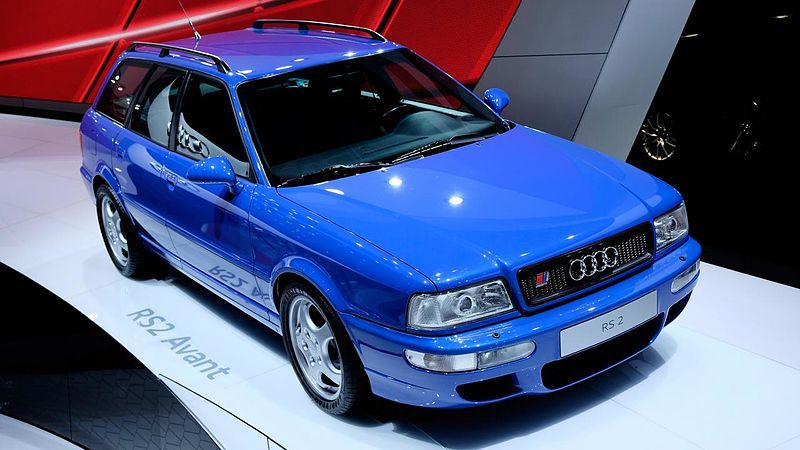
The Origin of the RS
The cars you’re probably most familiar with today are the Audi RS6 and RS4 Avant models; flying estate cars and that’s where it all began in 1994, turning the rather mundane Audi 80 estate into an unexpected powerhouse.
And it worked! The marriage of supercar performance with estate car space, for kids, dogs and luggage was a winning one and the Audi RS2 Avant, a rather work-a-day looking car spawned the RS models which we covet today.
S3 / RS 3
The range kicks off, as it has done for some time, with the S3. It’s powered by a 2.0-litre turbocharged petrol engine bringing 306bhp and a 0-60mph time of 4.6 seconds. However, thanks to well-judged suspension it remains a relatively comfortable daily option.
However, things take a more serious turn with the new RS3. It’s got a powerful 2.5-litre five-cylinder petrol engine deploying a hefty 395bhp, allowing for a top speed - on certain models - of up to 180mph.
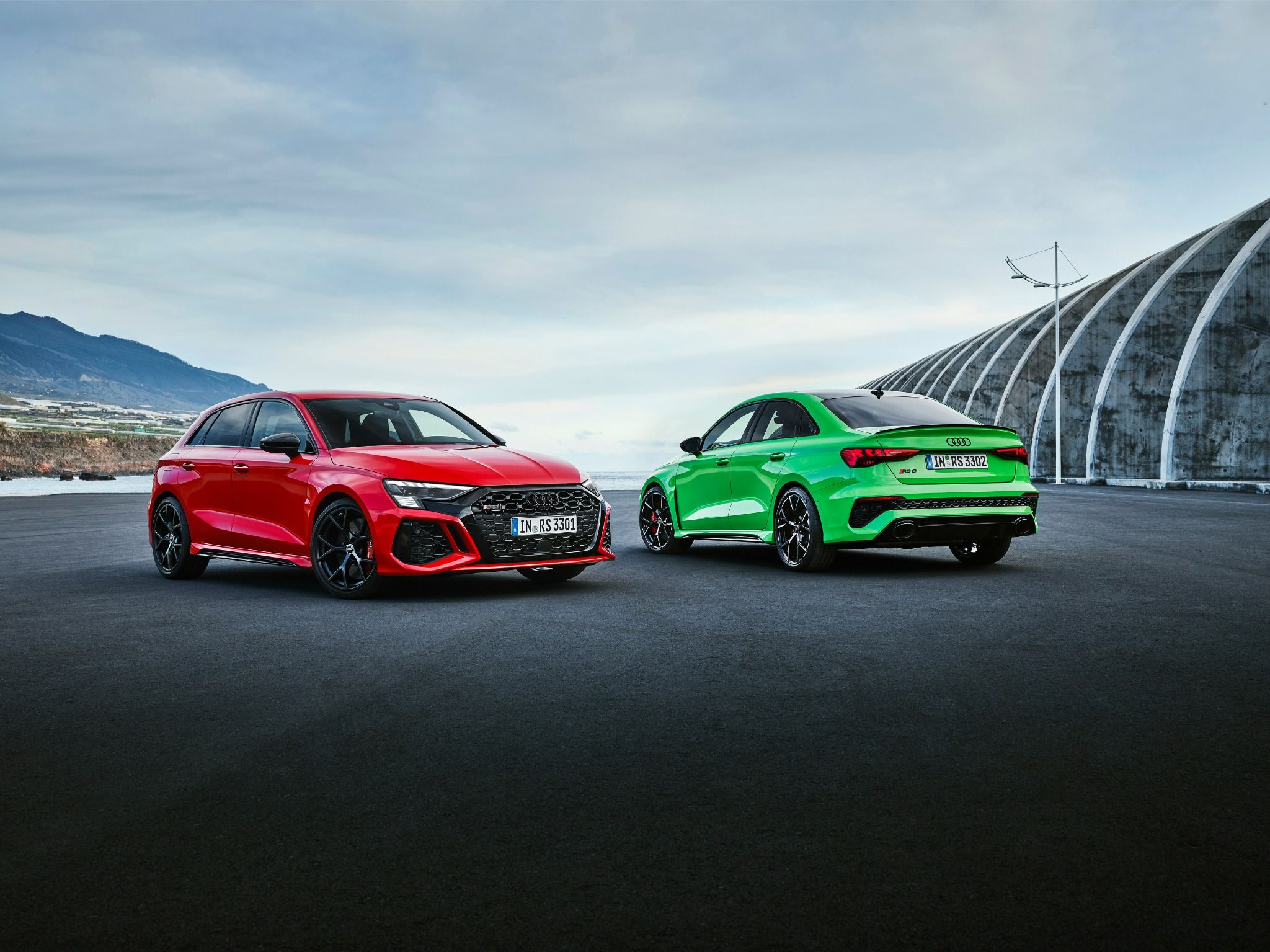
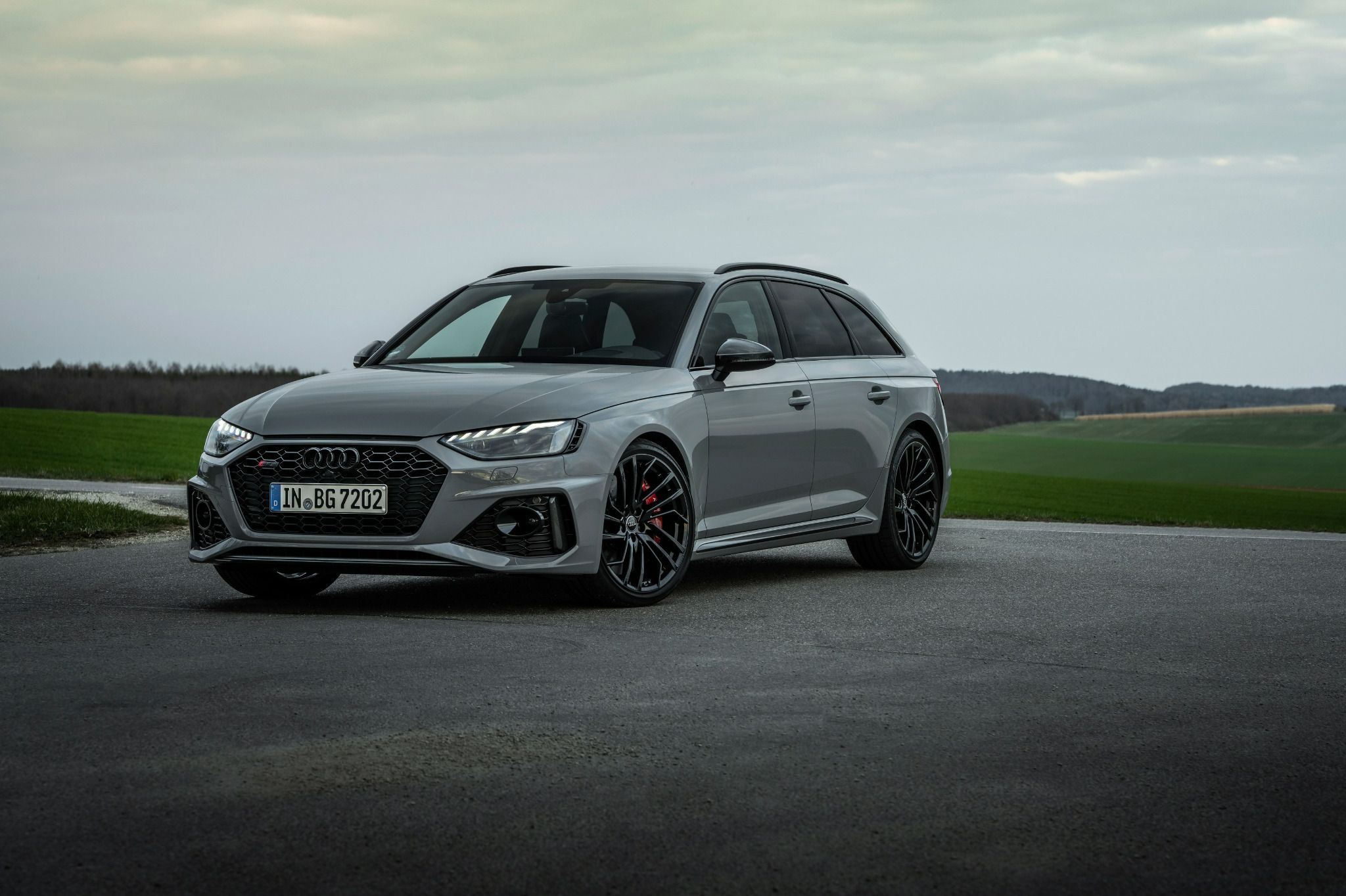
S4 / RS 4
Those after a more practical bodystyle might be better served opting for the larger S4 or RS4 instead. The S4 - available as either a saloon or estate - uses a 3.0-litre turbocharged V6 diesel with 342bhp, but with the ability to deliver up to 39.8mpg - making it a great all-rounder.
After the RS2 the dawn of the millennium came the first RS you’d truly recogniset he RS4. The RS4 is another kettle of fish entirely. Only available as an estate, it’s powered by a powerful 2.9-litre bi-turbo V6 petrol engine. The RS 4 will crack 0-60mph in 3.8 seconds, yet thanks to that estate layout it’s got more than enough space for everyday duties.
S5 / RS 5
The S5 and RS 5 models follow a similar setup to the S4 and RS 4, albeit in a slightly sleeker coupe or five-door coupe ‘Sportback’ bodystyle. It’s a great option for those who want a more dynamic-looking option, but retaining plenty of performance.
As before, the S4 uses a 3.0-litre diesel while the RS 5 utilises that impressive 2.9-litre V6 petrol.
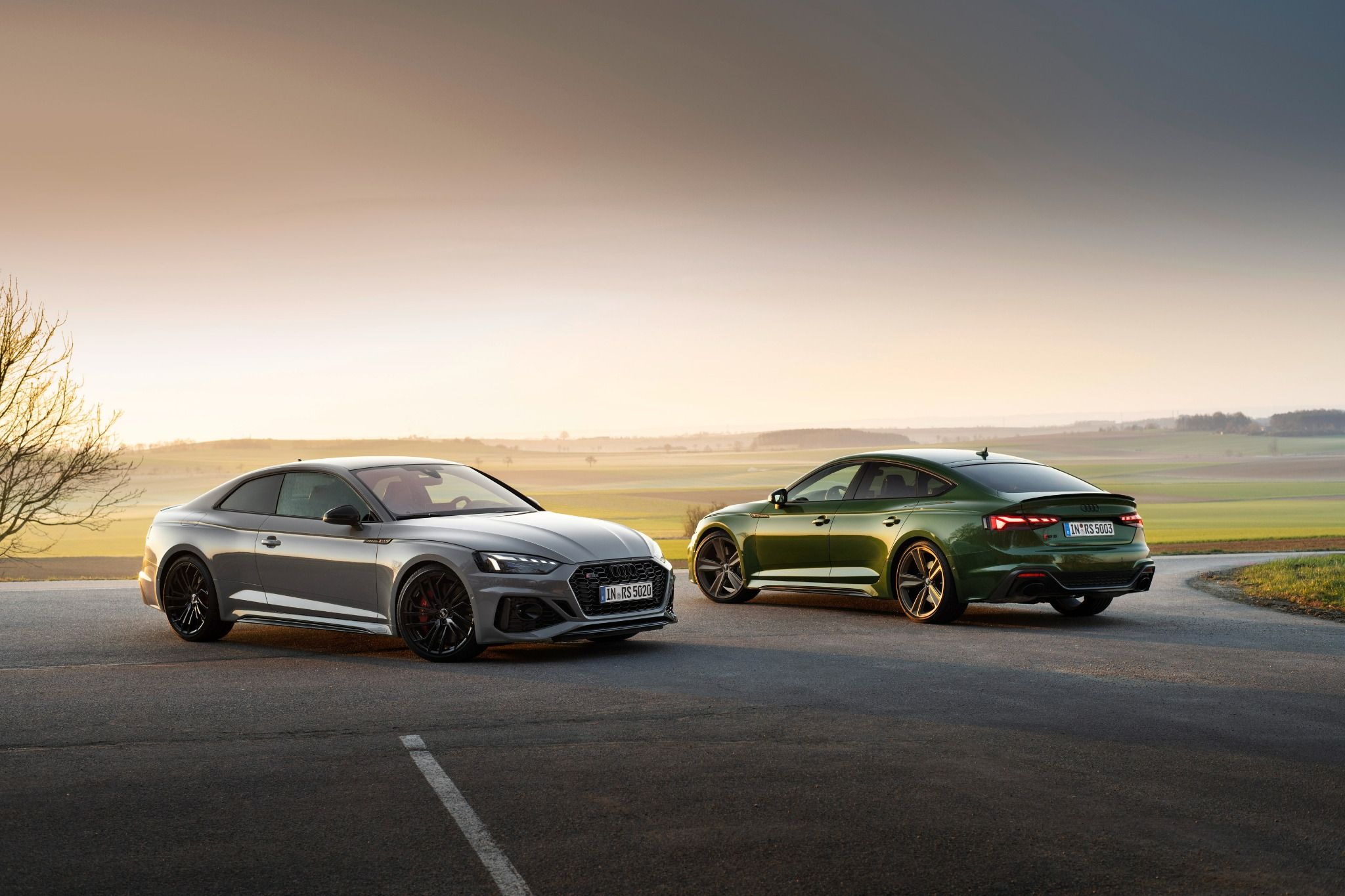
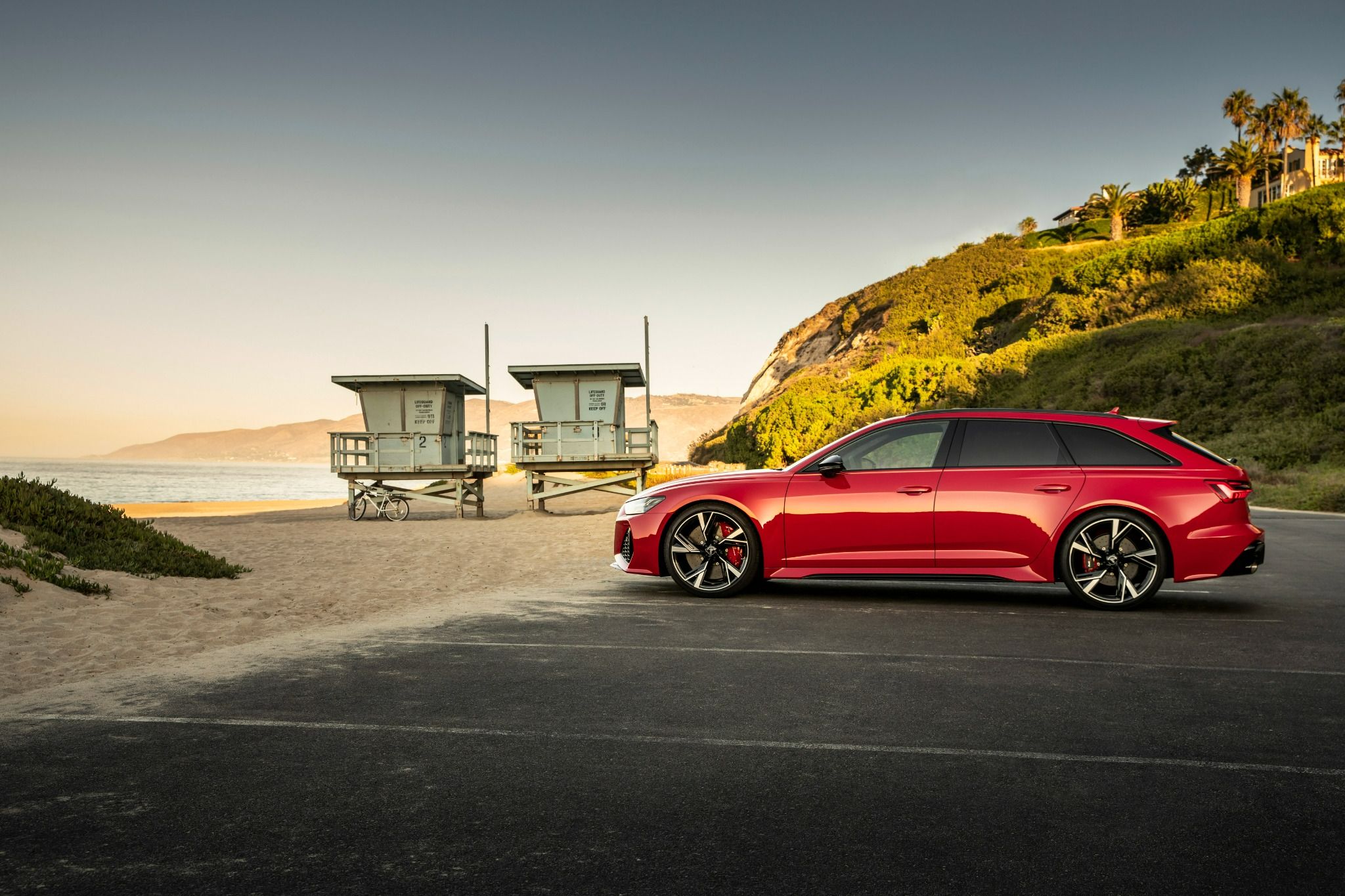
S6 / RS 6
We jump up a bodysize with the S6 and RS 6 - and we go up another level in terms of performance, too. In line with many other S models in the range, the S6 uses a 3.0-litre turbocharged diesel engine, but with a relatively soft-sprung setup this is one comfortable option.
Two years after the RS4 was introduced, Audi introduced the RS6; it was based on the Audi A6 and for the first time came in a saloon body as well the Avant estate. Now the estate-only RS 6, is a very serious contender. With a 4.0-litre twin-turbocharged V8, the RS 6 produces a massive 592bhp and will hit a top speed of up to 189mph depending on specification.
S7 / RS 7
Again, the S7 and RS 7 follow on the theme of previous models. Both feature the same powertrains as the S6 and RS 6, but they’re incorporated into a sleeker Sportback bodystyle.
However, they don’t fall down in terms of practicality. In fact, the RS 7 offers up an impressive 537 litres of boot space, providing more than enough space for several bags.
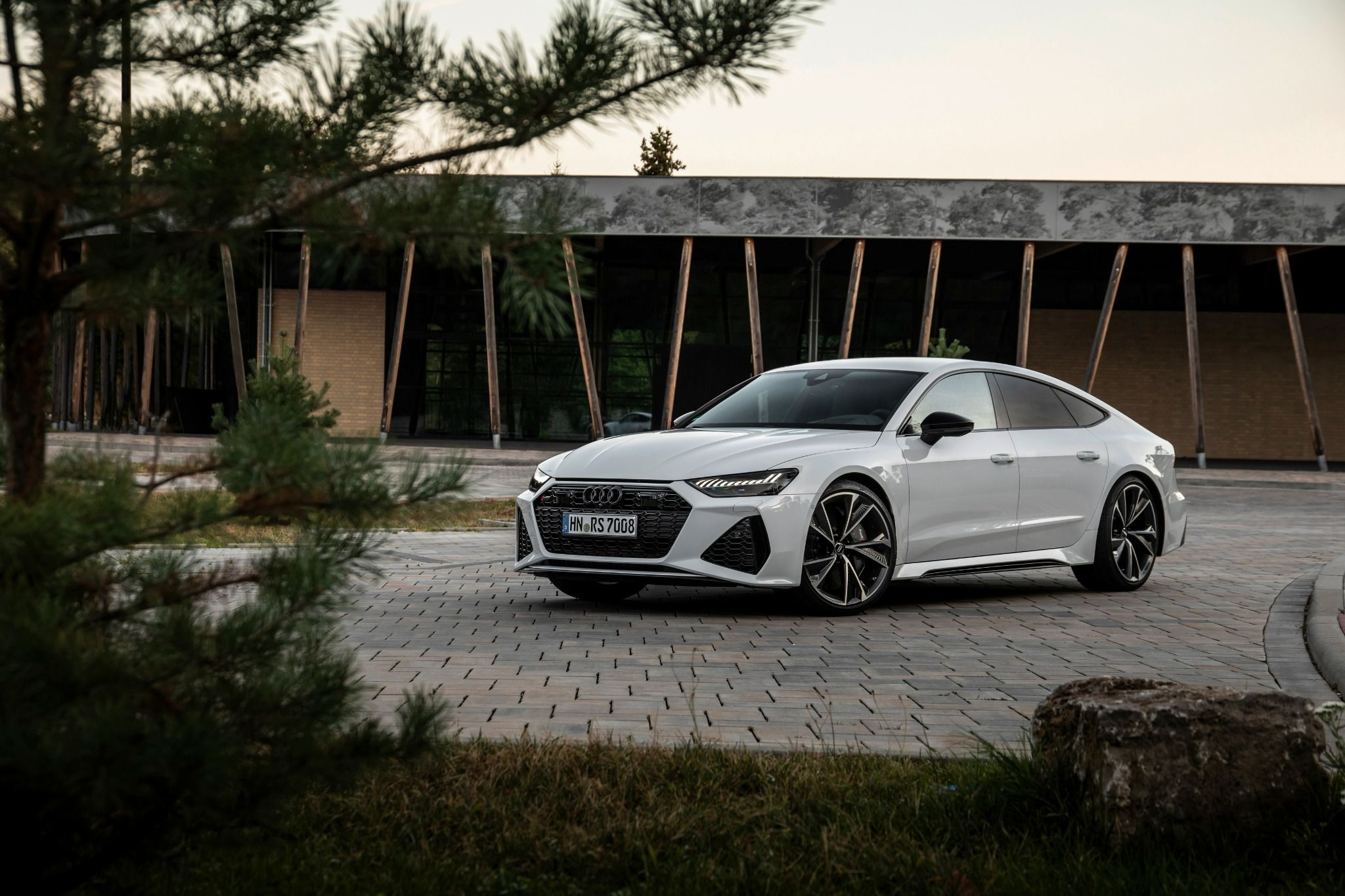
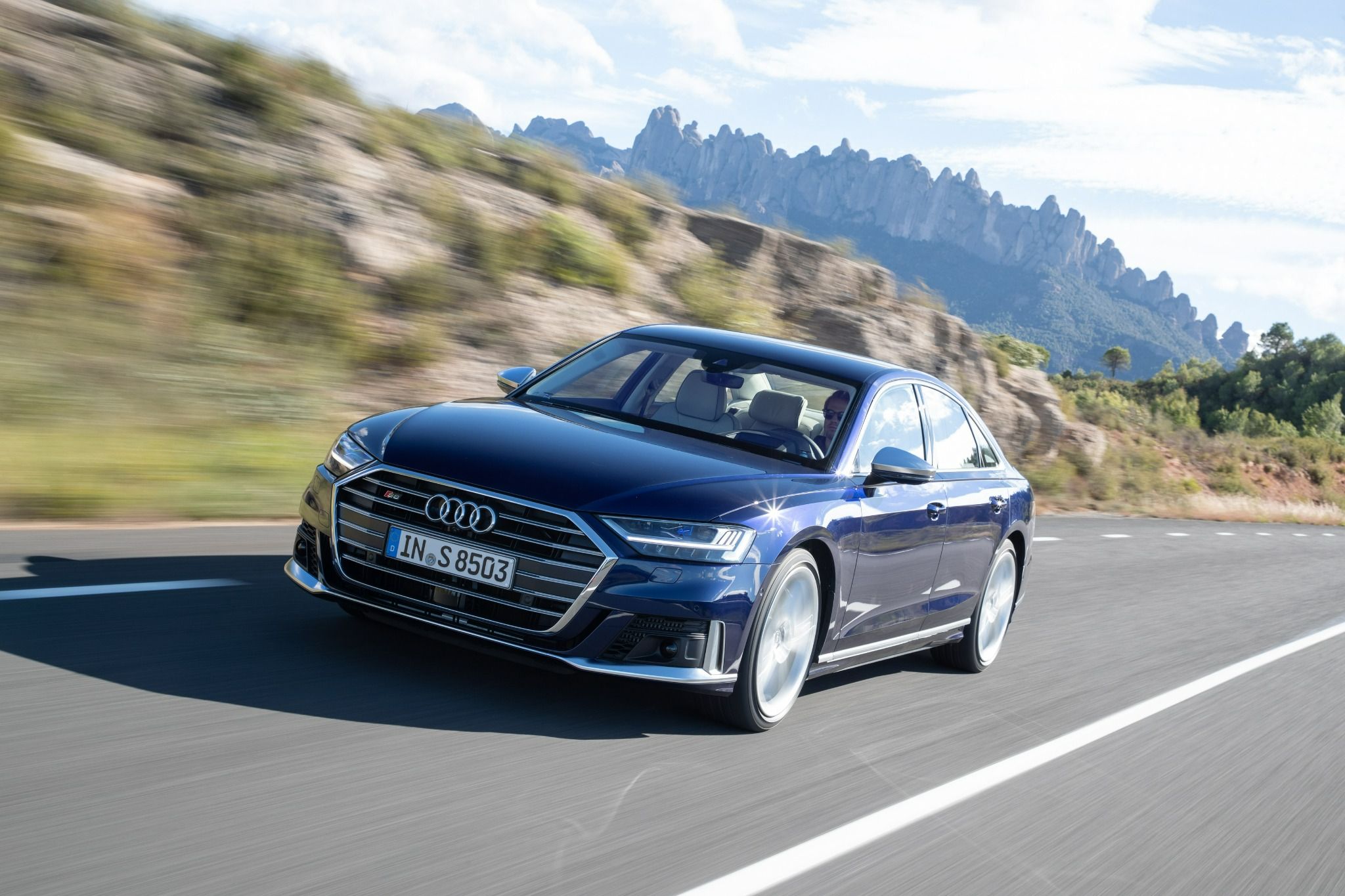
S8
Audi’s S8 has been an undercover cult presence for some time, having had a starring role in many successful movies. The latest version plays just the same understated tune as before, with styling that doesn’t raise too many suspicions about the performance underneath.
Featuring a large 563bhp 4.0-litre twin-turbo V8 engine under the bonnet, this limo is able to accelerate to 60mph in just 3.6 seconds.
SQ2
Marking our first foray into Audi’s range of performance SUVs, the SQ2 arrives as the smallest option available. However, it punches well above its weight thanks to a turbocharged 2.0-litre engine with 296bhp and 400Nm of torque.
However, you get that performance in a useful package, with the SQ2’s well-sized boot and robust cabin making it a great option for families.
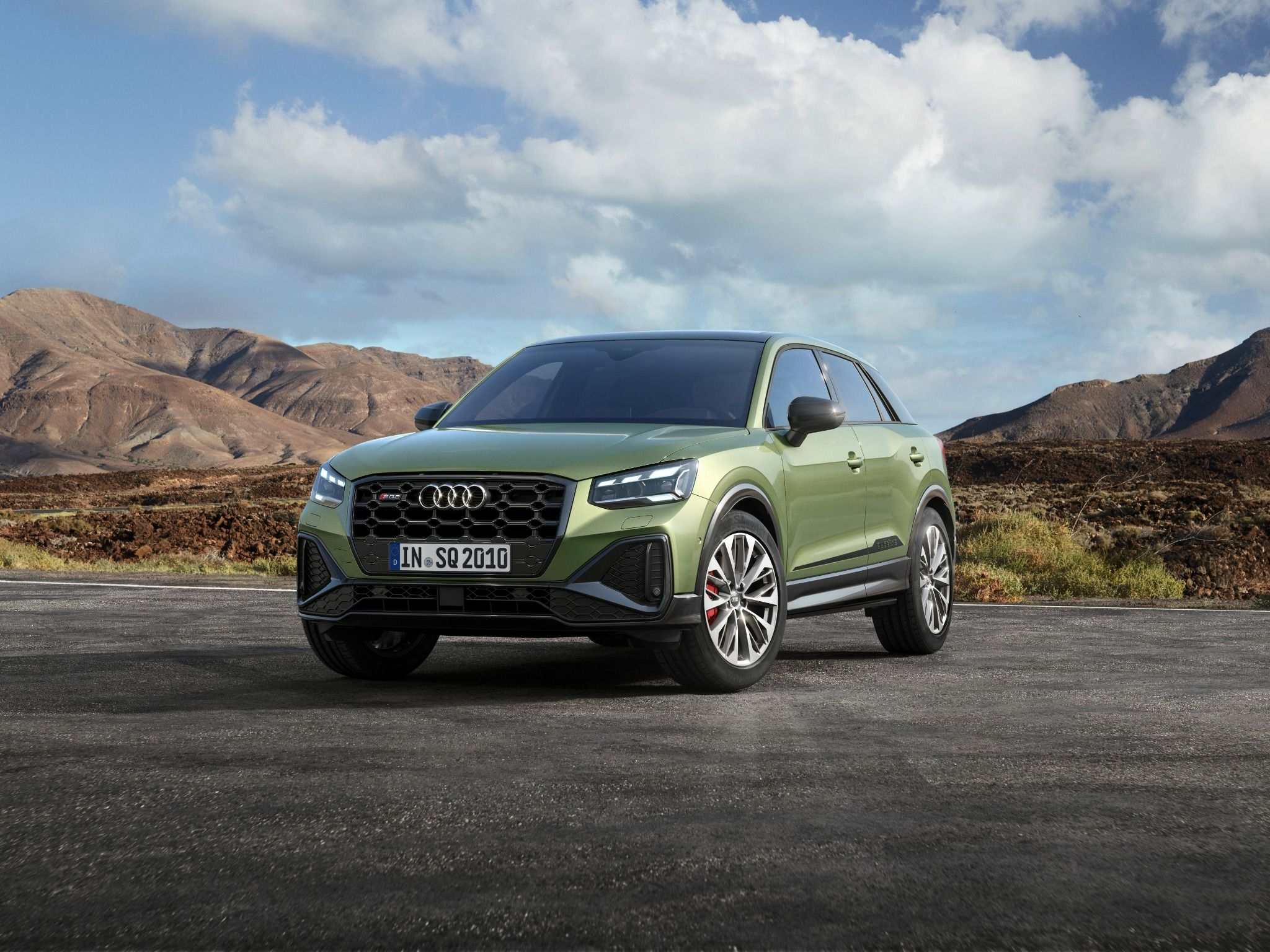
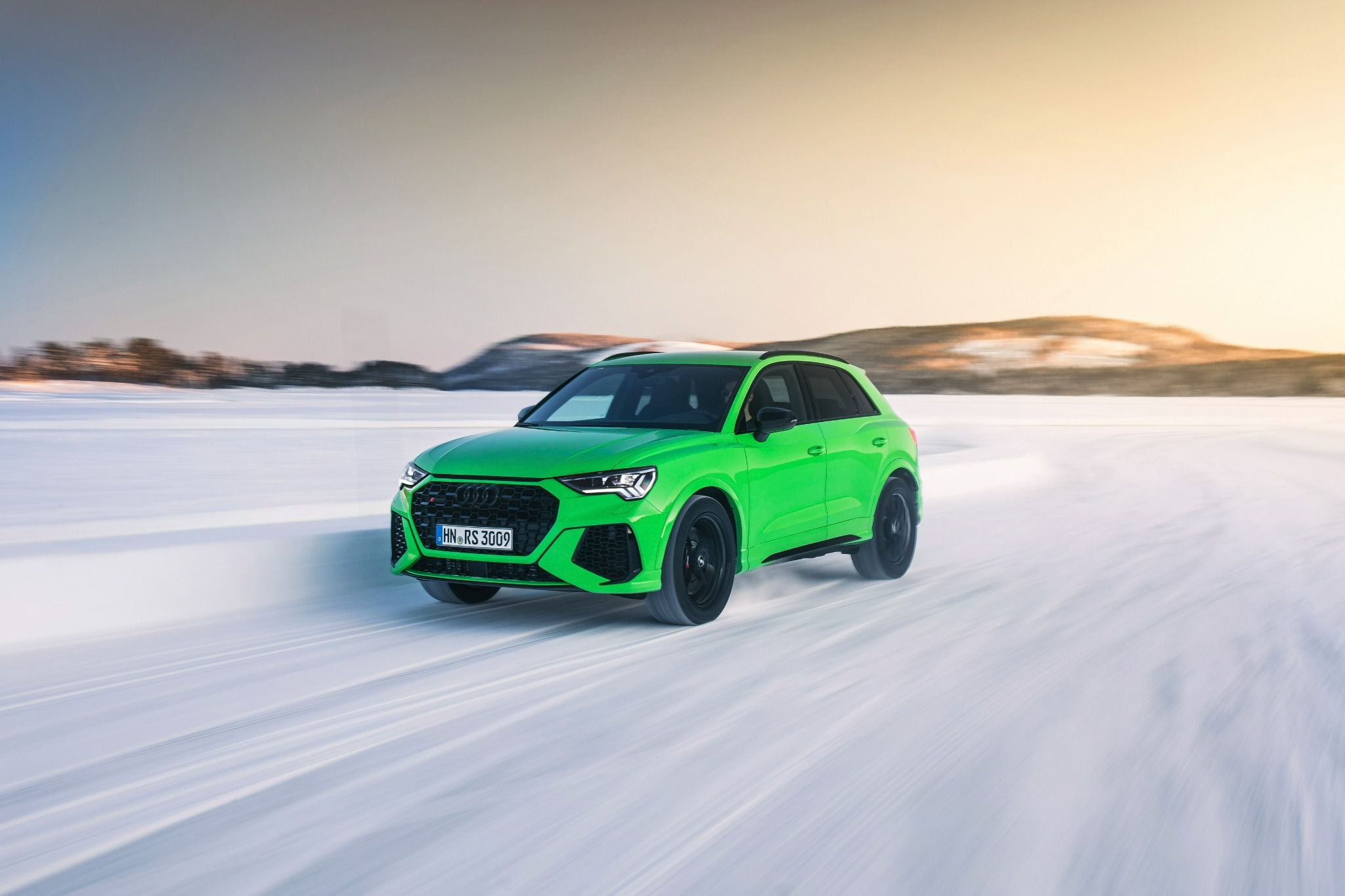
RS Q3
The RS Q3 takes things up a notch courtesy of a turbocharged 2.5-litre petrol engine with 394bhp. Despite its diminutive proportions, the RS Q3 will prove more than a match for many sports cars thanks to a 0-60mph time of just 4.3 seconds.
The RS Q3 also sits 10mm lower than the regular Q3, which aids cornering and gives the car a more purposeful stance on the road.
SQ 5
The regular Q5 is a consistent hit for Audi and the more powerful SQ5 is often seen as a go-to option for those who want the space of the regular car but with added grunt. It uses a 3.0-litre turbocharged V6 diesel engine with 336bhp and 700Nm of torque.
However, the real bonus with the SQ5 is how useable it is. It’s got a large boot, a spacious interior and plenty of standard equipment, too.
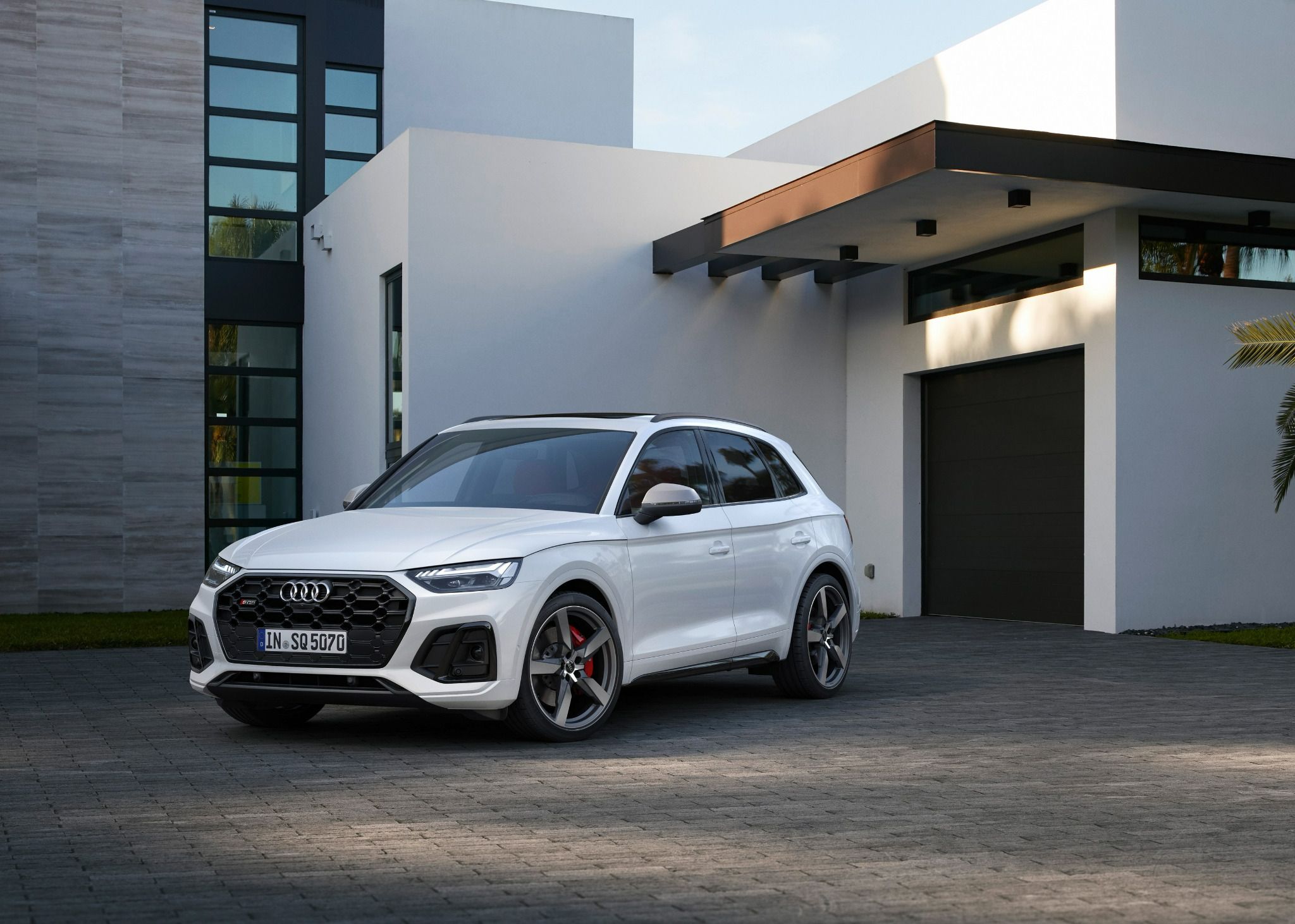
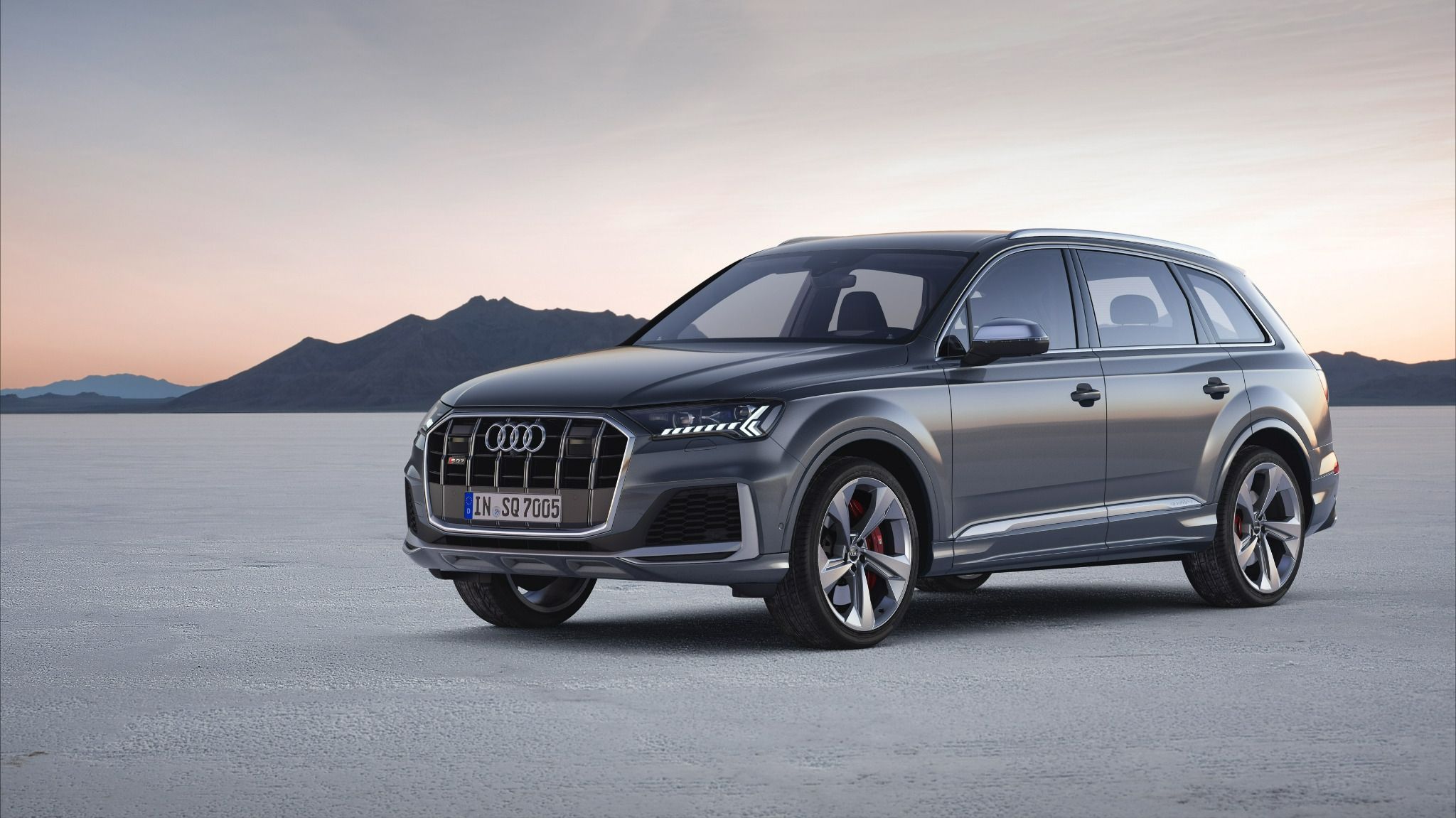
SQ 7
The seven-seater SQ7 is an ideal option for larger families thanks to its generous seating layout and extra-large boot. Audi recently ditched the SQ7’s diesel engine in favour of that ever-popular 4.0-litre V8 engine used elsewhere in the range.
It gives the SQ7 a fantastic turn of pace. In fact, despite being a large seven-seat SUV, the SQ7 will manage 0-60mph in just 3.9 seconds
SQ 8 / RS Q8
The more coupe-like SQ8 and RSQ8 builds on the same platform as the SQ7, but lacks the seven-seater option of that car. The SQ8 uses the same 4.0-litre turbocharged petrol V8 that you get in the SQ7, bringing similar performance.
The RSQ8, meanwhile, uses the same engine but takes that power level up to an impressive 592bhp.
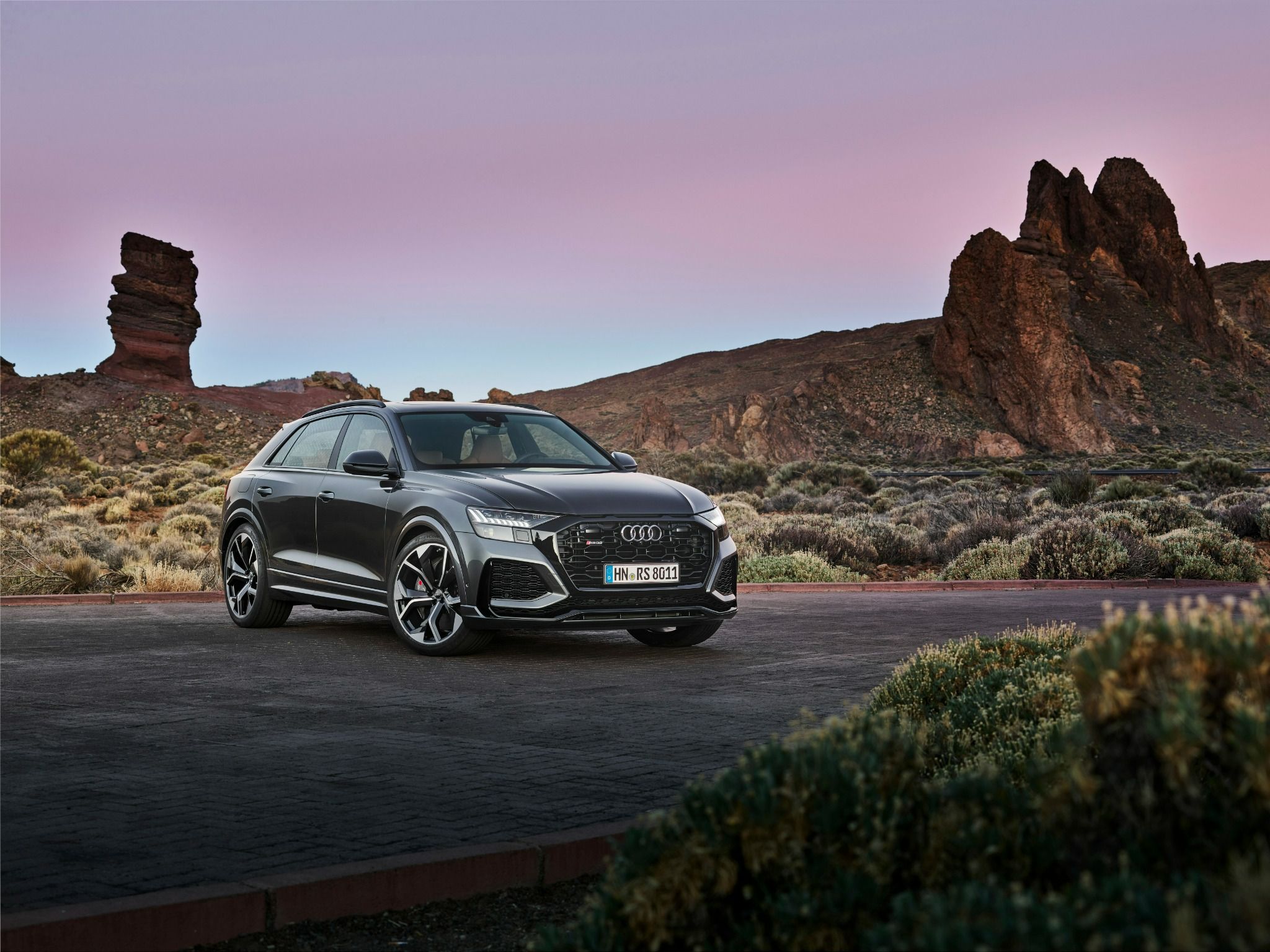
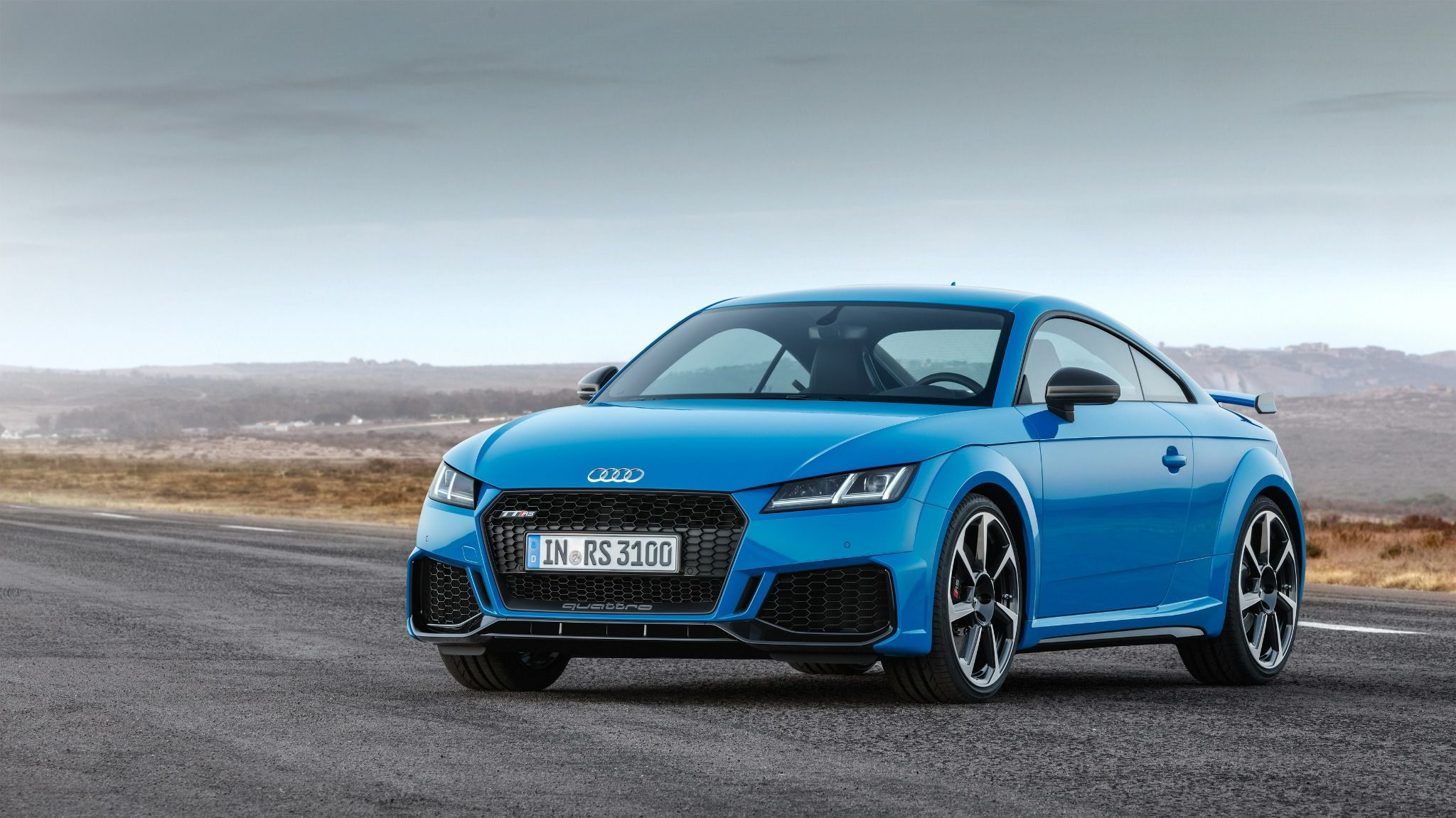
TTS / TT RS
Both the TTS and TTRS have been long standing hits in the Audi range, providing all of the performance that most people could want alongside a sleek and compact coupe - or convertible - bodystyle.
The TTS uses a turbocharged 2.0-litre petrol engine, while the TTRS takes this one step further with a 2.5-litre turbocharged petrol unit. Both, however, bring more than enough performance.
R8
Audi’s flagship supercar - the R8 - sits atop the range, with its powerful naturally aspirated V10 being one of the finest engines available in any car on the market today.
It’s also available as a convertible, allowing owners to enjoy the raucous exhaust note emitted by that engine even more.
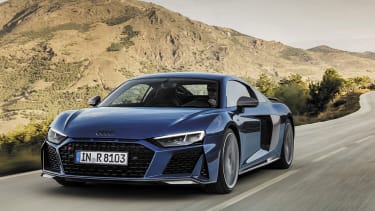
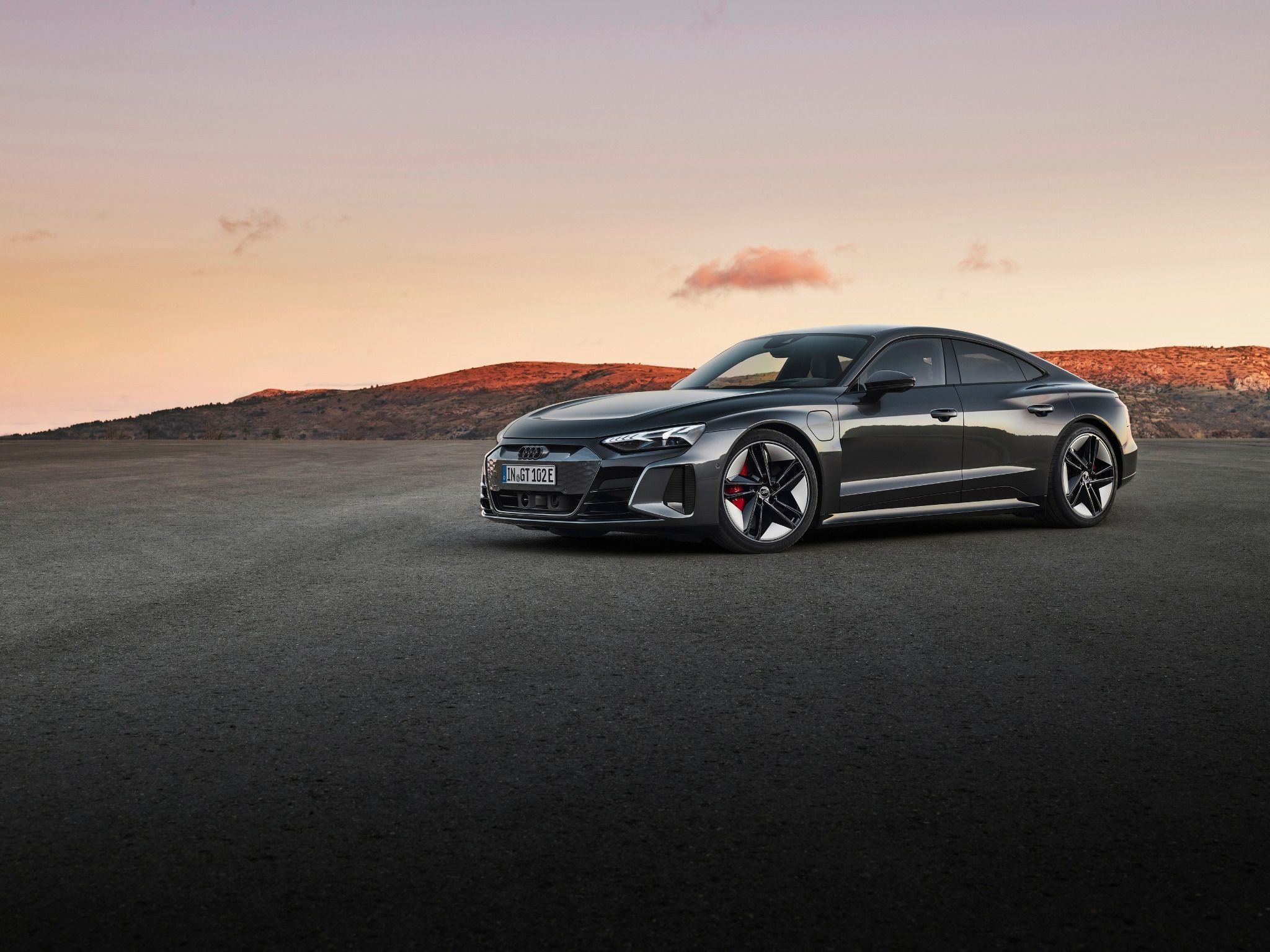
RS e-tron GT
The RS e-tron GT is a sign of the times. It’s Audi’s first electric car to wear the famous RS badge and, as a result, has a whole lot of expectation riding upon it. With 637bhp, the RS e-tron GT is massively powerful and will manage the 0-60mph sprint in an impressive 3.1 seconds.
Plus, it’ll manage up to 293 miles on a single electric charge, ensuring you can enjoy that performance for longer.
Audi RS and S Range FAQs
In summary, Audi’s S and RS ranges cater to different levels of performance and style, each crafted to elevate the driving experience in unique ways. Whether you’re drawn to the balanced sportiness of the S models or the track inspired power of the RS lineup, Audi offers a range of options to meet the desires of any driving enthusiast. Understanding these distinctions can help you find the model that perfectly fits your lifestyle and performance goals, blending luxury with the thrill of the road.



